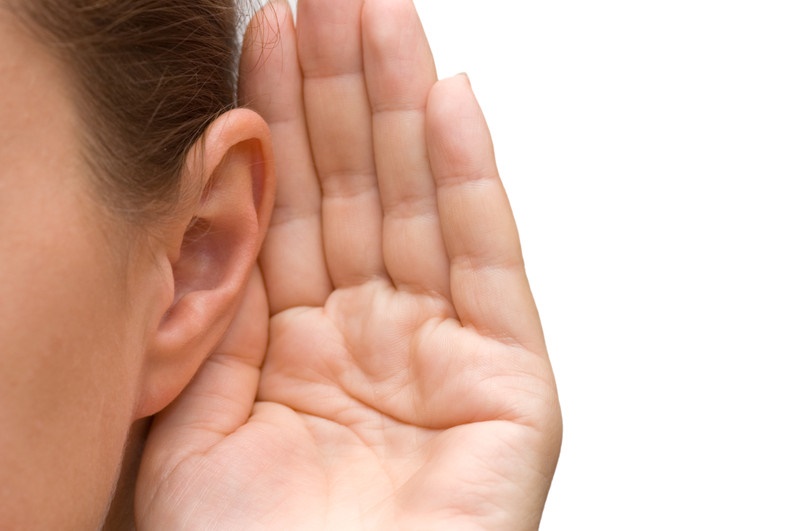
Here’s one thing many people are surprised to discover: in most cases of hearing loss, people can hear many sounds without any problem, and have trouble only with particular sounds.
Specifically, if you have trouble only with high-pitched sounds, you may suffer from the most common type of hearing loss, known as high-frequency hearing loss.
With high-frequency hearing loss, you can likely hear lower-pitched sounds normally, causing the impression that your hearing is normal. Higher-pitched sounds, on the other hand, may not be heard at all.
So which frequencies should you be able to hear with healthy hearing?
To start with, sound can be classified both by its intensity (calculated in decibels) and by its frequency or pitch (calculated in Hertz).
With normal hearing, you’d have the ability to hear sounds within the frequency range of 20 to 20,000 Hertz, but the most worthwhile sounds are inside the range of 250 to 6,000 Hz. Within that range, you would be able to hear most frequencies at a fairly low volume of around 0-25 decibels.
With high-frequency hearing loss, you might be able to hear the lower frequencies at reasonably low volumes (0-25 decibels), but you wouldn’t be able to hear the higher frequency sounds without raising the volume (by as high as 90 decibels with profound hearing loss).
So which higher-pitched sounds, in particular, would you have difficulty hearing with high-frequency hearing loss?
Here are four:
1. Consonants
Speech entails a mix of both low and high frequency sounds.
Vowel sounds, like the short “o” in the word “hot,” have low frequencies and are usually easy to hear even with hearing loss.
Problems appear with consonants such as “s,” “h,” and “f,” which have higher frequencies and are much harder to hear. Since consonants express most of the meaning in speech, it’s not surprising that those with high frequency hearing loss have difficulty following conversations or TV show plots.
2. The voices of women and children
For the large number of men who have been accused of ignoring their wives or of having “selective hearing,” they may for once have a valid defense.
Women and children tend to have higher-pitched voices with less amplitude, or loudness. Because of this, those with hearing loss might find it much easier to hear the male voice.
Several of our clients do complain about not hearing their grandchildren, and this will oftentimes be the key motivator for a hearing test.
3. The chirping of birds
The songs of birds chirping are generally in the higher frequencies, which means you might stop hearing these sounds entirely.
In fact, we’ve had clients specifically reveal their surprise when they could hear the sounds of birds once again with their new hearing aids.
4. Certain musical instruments
The flute, the violin, and other musical instruments capable of generating high frequency sounds can be challenging to hear for people with hearing loss.
Music generally does tend to lose some of its potency in those with hearing loss, as certain instruments and frequencies cannot be distinguished.
How hearing aids can help
Combined with the above, you may have difficulty hearing many other sounds, like rustling leaves, rainfall, and the sound of flowing water.
But it’s not impossible to get these sounds back.
The trick to treating high-frequency hearing loss is in amplifying only the specific frequencies you have difficulty hearing. That’s why it’s vital to obtain the right hearing aids and to have them programmed by a seasoned professional.
If you amplify the incorrect frequencies, or even worse amplify all frequencies, you’re not going to get the results you desire.
If you believe you may have high-frequency hearing loss, give us a call today. Our seasoned hearing professionals will meticulously test your hearing, identify the frequencies you have trouble with, and program your hearing aids for optimal hearing.
Are you ready to start enjoying your favorite sounds again?